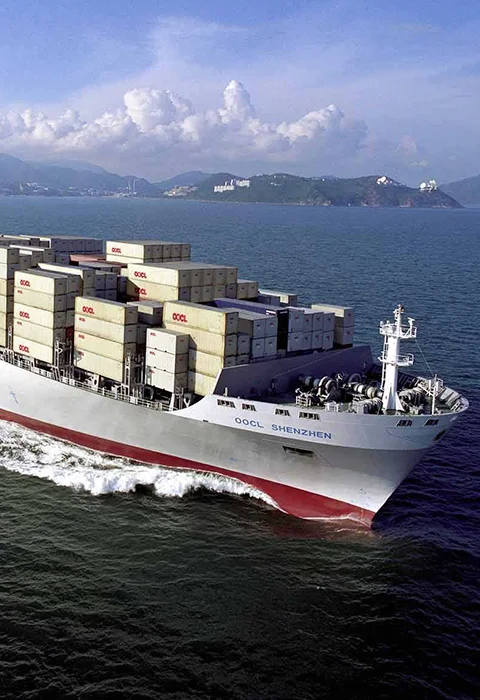Container loading is a critical process in logistics and supply chain management. It involves efficiently and securely packing goods into shipping containers for transportation. Understanding the basic rules of container loading is essential to ensure the safety of goods, optimize space utilization, and minimize the risk of damage during transit. In this article, we will delve into the fundamental principles of container loading, providing valuable insights and practical tips for professionals in the industry.
- Proper Weight Distribution:
One of the primary rules when loading a container is to ensure proper weight distribution. Uneven weight distribution can lead to stability issues, making the container prone to tipping over or causing damage to the goods. To achieve optimal weight distribution, heavier items should be placed at the bottom and closer to the center of the container, while lighter items should be positioned on top. - Securing the Cargo:
Securing the cargo inside the container is crucial to prevent shifting and damage during transportation. Utilizing appropriate dunnage, such as airbags, braces, or wooden blocks, can help stabilize the load and minimize movement. Additionally, using strapping, stretch wrap, or container nets can further secure the cargo and prevent it from shifting during transit. - Utilizing Space Efficiently:
Maximizing space utilization is a key aspect of container loading. By employing efficient packing techniques, such as interlocking, nesting, or utilizing void fillers, you can optimize the available space and reduce the risk of damage caused by movement. Careful planning and organization are essential to utilize every inch of the container effectively. - Consideration of Fragile Items:
When loading containers, special attention must be given to fragile or delicate items. These items should be properly protected and isolated from potential impacts or vibrations. Using appropriate cushioning materials, such as foam or bubble wrap, can provide an extra layer of protection and minimize the risk of damage during transit. - Compliance with Regulations:
Adhering to relevant regulations and guidelines is crucial when loading containers. Different countries and regions may have specific requirements regarding weight limits, hazardous materials, or stacking restrictions. Familiarize yourself with these regulations to ensure compliance and avoid potential penalties or delays in shipping.
Conclusion:
Mastering the art of container loading requires a deep understanding of the fundamental rules and principles. By following proper weight distribution, securing the cargo, utilizing space efficiently, considering fragile items, and complying with regulations, professionals in the industry can ensure safe and efficient transportation of goods. Implementing these rules not only minimizes the risk of damage but also optimizes space utilization, reduces costs, and enhances overall supply chain efficiency.










+ There are no comments
Add yours